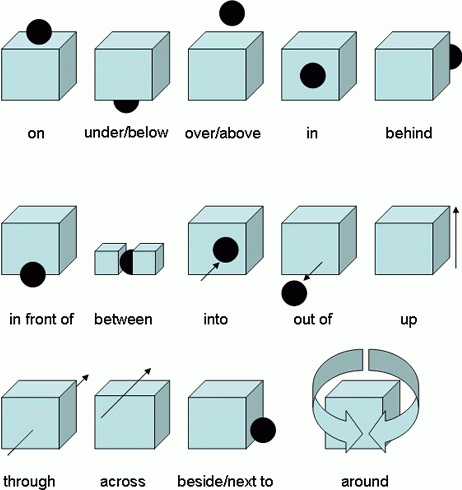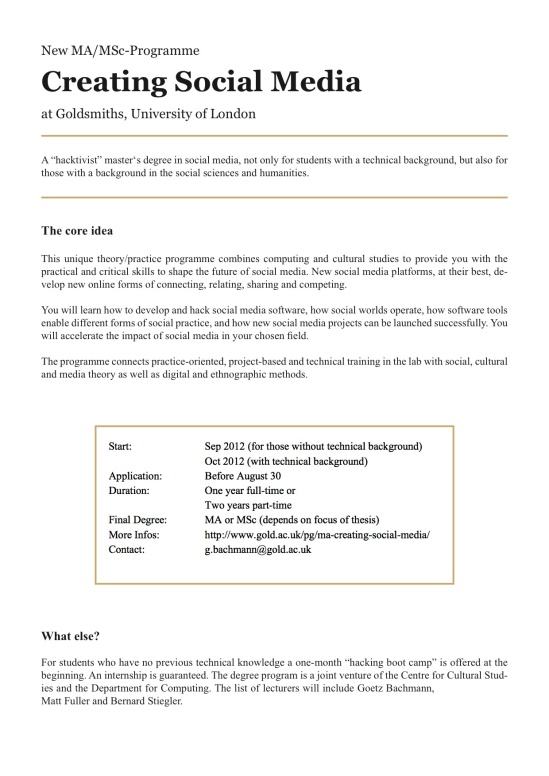
[UPDATE: You can find the complete text of the roundtable discussion here.]
Currently, I am engaged in a roundtable discussion with Therese Grisham, Julia Leyda, and Steven Shaviro on the topic of the post-cinematic. The discussion, organized and moderated by Therese, is to appear in the excellent online journal La Furia Umana, where it will follow an earlier discussion of the topic (which focused on the first two Paranormal Activity films). I don’t want to give away too much right now, but I thought I’d offer a short preview here. What follows is the crux — and in this context, “the crux” is synonymous with “some marginal snippets” — of my answer to an excellent question posed by Therese. You’ll have to wait, though, to find out what the question was…
***
…whereas the characters in classical cinema provided the central focus and occasions for dramatic interest in a story-world that unfolds according to its own internally defined logics, and whereas the camera served alternately to disclose this world in the manner of a transparent window or, more exceptionally, to announce its own presence as an (uncanny or self-reflexive) object of perception, the radically indeterminate cameras of post-cinematic filmmaking serve … to displace the characters, to take them out of the center of perceptual attention and instead situate them marginally with respect to a total environment of inhuman image production, processing, and circulation – and to situate us as viewers accordingly.
…there is a reversible relation between the post-cinematic diegesis and the nondiegetic ecology of our post-cinematic world, and it is occasioned precisely by a camera that no longer situates us as subjects vis-à-vis the film-as-object, but instead institutes a pervasive relation of marginality, where everything is marginal or contiguous to everything else. This corresponds to a specifically post-cinematic mode of address: the camera no longer frames actions, emotions, and events in a given world, but instead provides the color, look, and feel of the film qua material component or aspect of the world – of our world…
The post-cinematic camera, in short, modulates the affective character of the wider world; it does not bracket that world out or substitute one of its own making – for it remains indeterminately contiguous to every level of the contemporary real, including the physical, the imaginary, and the virtual.

